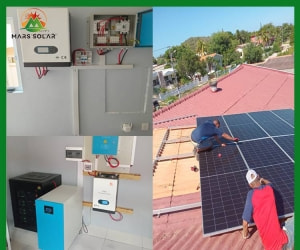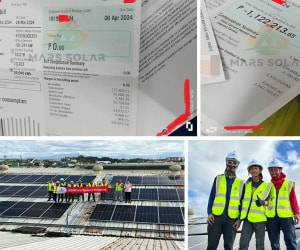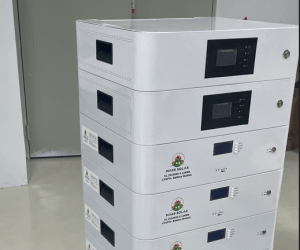South Korea's newly installed photovoltaic capacity is about 4.1GW in 2020
The Ministry of Trade, Industry and Energy (MOTIE) estimates that the new photovoltaic Solar Power For Home System system connected to the grid in South Korea last year was about 4.1 GW, and the cumulative installed photovoltaic capacity reached about 15.6 GW. If confirmed by official statistics, 2020 will be the country’s most successful year on record, with 3.8 GW of photovoltaic installations in 2019 and 2.4 GW of photovoltaic installations in 2018.
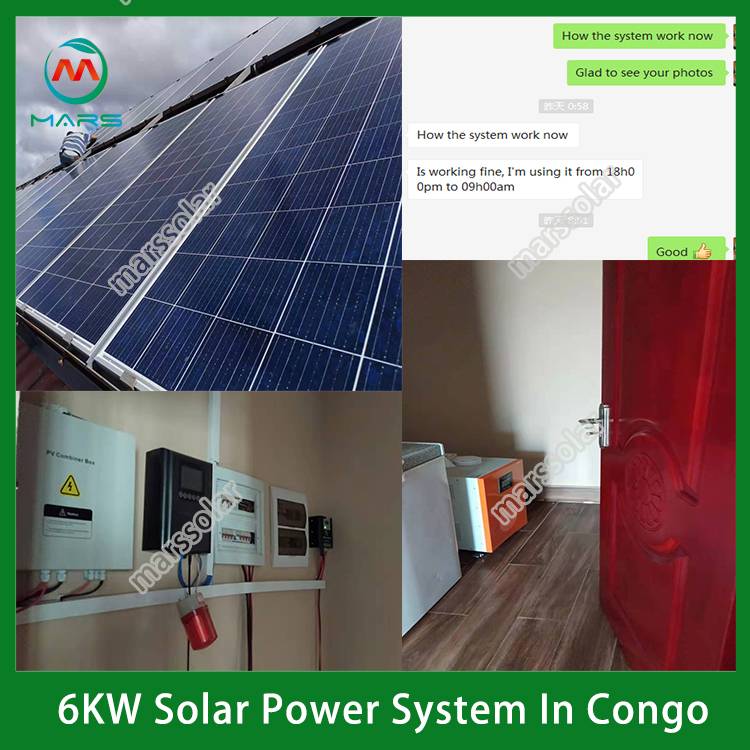
Yeji Kim, a researcher at Seoul-based Solutions for Our Climate, told Photovoltaic Magazine: “Last year was the third year that the Korean government announced a 20% renewable energy plan by 2030, which led to the prosperity of solar energy.”
However, this year’s growth rate may be lower than 2020 because some regional governments are restricting the development of utility-scale projects through new regulations for project site selection. The analyst quoted the latest data from the Korea Energy Agency (KEA) that the newly installed photovoltaic capacity reached 0.56 GW in the first quarter of this year, while in the same period of 2020, new photovoltaic systems totaled more than 1 GW.
It is understood that South Korea currently plans to install 30.8 GW of solar energy by 2030. This ambitious goal is expected to be achieved through the establishment of giant solar parks, such as the 2.1 GW floating solar project and the 3 GW ground photovoltaic array announced for Saemangeum.
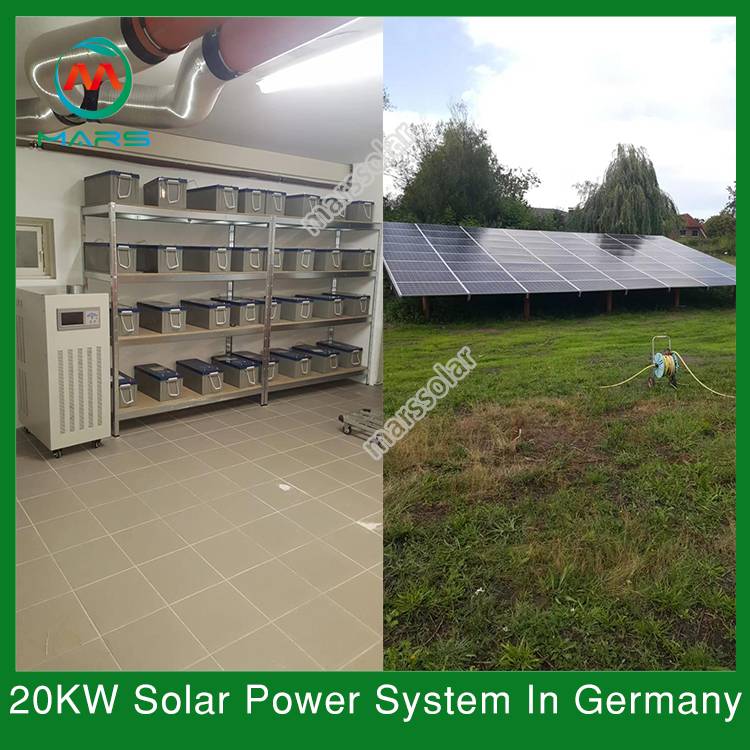
Recently, the South Korean government announced a plan to add another 2.1 GW of floating photovoltaic power generation by 2030. In addition, MOTIE plans to allocate approximately 4 GW of solar power generation capacity in two photovoltaic tenders this year, which may be launched in April and October. The ministry also recently announced that it hopes to help develop unsubsidized solar energy by allowing domestic electricity consumers to purchase electricity from renewable energy power producers through power purchase agreements (PPA).
-
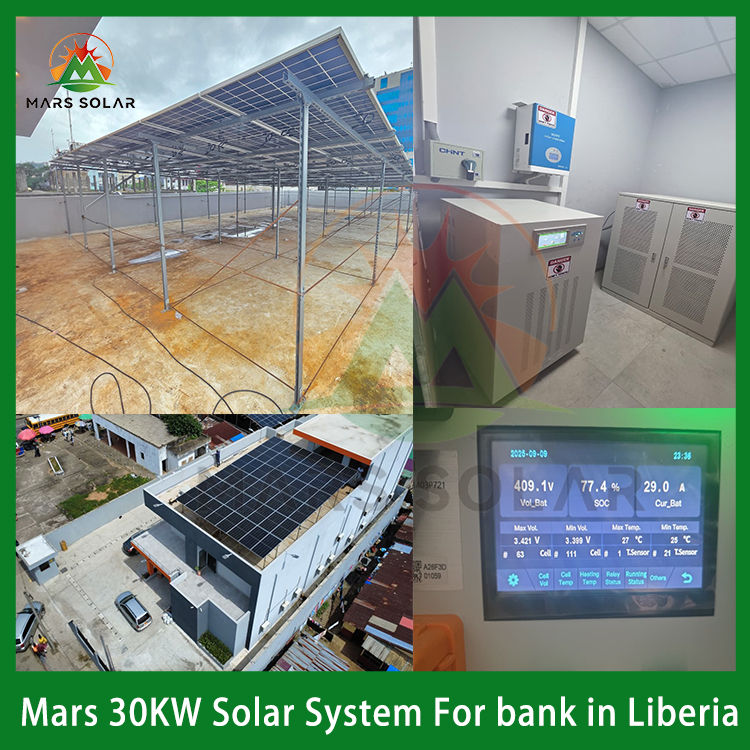 Customized Off-Grid Solar System for a Liberian Bank: Achieving Power IndependenWhen Banks Face the Challenge of "Grid Power Outages and Voltage Fluctuations": A Real-World Solution from Liberia In scenarios where the power grid is unstable and manual intervention is difficult, how to ensure the 24/7 stable operation
Customized Off-Grid Solar System for a Liberian Bank: Achieving Power IndependenWhen Banks Face the Challenge of "Grid Power Outages and Voltage Fluctuations": A Real-World Solution from Liberia In scenarios where the power grid is unstable and manual intervention is difficult, how to ensure the 24/7 stable operationDo you like ?0
Read more -
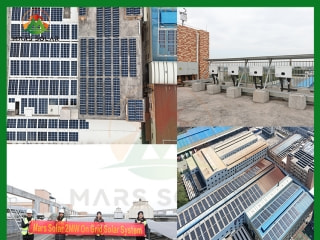 2MW Solar Panel System For Factory2MW mars solar grid-tied solar panel system for factory have designed, produced, and installed in a factory.How does Mars Solar build such a solar panel system for factory? 1. Data collection Before designing the plan, the factory owner vi
2MW Solar Panel System For Factory2MW mars solar grid-tied solar panel system for factory have designed, produced, and installed in a factory.How does Mars Solar build such a solar panel system for factory? 1. Data collection Before designing the plan, the factory owner viDo you like ?0
Read more -
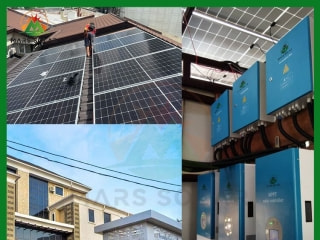 100KW Solar For Hotels And Resorts In NigeriaIn December 2024, the Mars Solar 100KW Nigeria solar for hotels and resorts project was successfully completed. In May 2024, the customer contacted Mars solar and had a series of communications on the solar for hotels and resorts project. The d
100KW Solar For Hotels And Resorts In NigeriaIn December 2024, the Mars Solar 100KW Nigeria solar for hotels and resorts project was successfully completed. In May 2024, the customer contacted Mars solar and had a series of communications on the solar for hotels and resorts project. The dDo you like ?0
Read more -
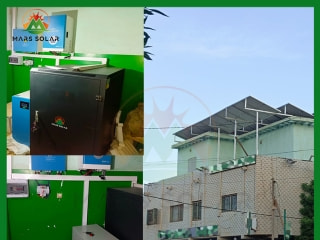 Reliable Energy Solutions for a Mali Pharmacy: 15KW Solar System Success StoryIn the heart of Mali, reliable electricity is a significant challenge, with power coming on for just 2 hours and then cutting off for 4 hours multiple times a day. This erratic power supply is particularly problematic for businesses that depend on consist
Reliable Energy Solutions for a Mali Pharmacy: 15KW Solar System Success StoryIn the heart of Mali, reliable electricity is a significant challenge, with power coming on for just 2 hours and then cutting off for 4 hours multiple times a day. This erratic power supply is particularly problematic for businesses that depend on consistDo you like ?0
Read more -
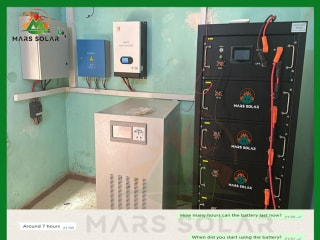 Harnessing the Sun: A Sustainable Solution for Abou's Family in MaliIn the heart of Mali, families like Abou's face daily challenges with electricity access, enduring power outages that can last up to 12 hours. To combat this, Abou relies heavily on a diesel generator to power his home, which includes essential applia
Harnessing the Sun: A Sustainable Solution for Abou's Family in MaliIn the heart of Mali, families like Abou's face daily challenges with electricity access, enduring power outages that can last up to 12 hours. To combat this, Abou relies heavily on a diesel generator to power his home, which includes essential appliaDo you like ?0
Read more -
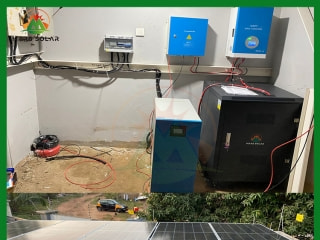 30KW Solar Electric Power System In GhanaBob is from Ghana,he wants to achieve 24-hour electricity and does not want the entire house to be without power when there is no mains electricity, which would cause inconvenience to his life.So he search on the internet and try to find out a solar elect
30KW Solar Electric Power System In GhanaBob is from Ghana,he wants to achieve 24-hour electricity and does not want the entire house to be without power when there is no mains electricity, which would cause inconvenience to his life.So he search on the internet and try to find out a solar electDo you like ?0
Read more

